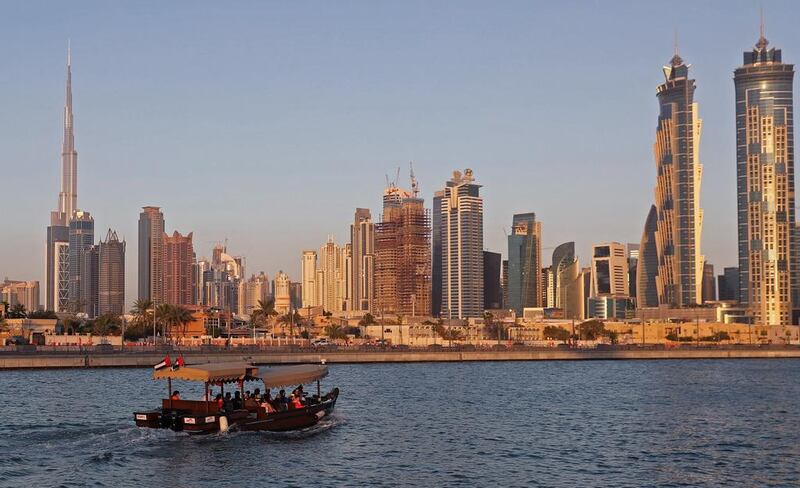Middle East hotels registered an overall decline in performance in September compared with the previous year, with average room rates, revenues and occupancy dropping in most of the key markets as supply and competition increase, according to EY’s latest sector report.
“While occupancy rates are fluctuating throughout the Mena [Middle East and North Africa] region, the average room rate in the majority of hospitality markets has declined, affecting the RevPAR [revenue per available room] performance across the four and five-star hotel segment,” said Yousef Wahbah, the head of the real estate, hospitality and construction sector at EY Mena.
The UAE’s two largest hospitality markets – Dubai and Abu Dhabi – both recorded lower revenues in September compared with the same month a year earlier. This was possibly due to a shorter than predicted public holiday for Eid Al Adha resulting in lower demand, EY said.
Dubai’s market saw an 18.4 per cent drop in hotel RevPAR to US$125 from US$153 in September 2016, due to average daily rates (ADR) dropping by 12 per cent and occupancy by 5.8 per cent. In Abu Dhabi, hotel occupancy rose 5.9 percentage points to 80.5 per cent, from 74.7 per cent in September 2016. However, this was offset by ADR dropping 12 per cent to $94, resulting in an overall 5 per cent slide in revenues.
Asia, Africa and Latin America account for more than half of the global GDP and the Middle East is among the fastest growing emerging markets today with the UAE positioned as a strategic aviation, tourism and logistics hub home to Emirates airline, Etihad Airways and the world's largest airport by international passenger traffic.
______________
Read more:
[ VAT and the hospitality sector - where will costs increase? ]
[ Hefty room rates in Abu Dhabi for last minute F1 stays ]
______________
Saudi Arabia, the Arab world's largest economy, saw a mixed performance across its major cities in September, including an overall increase in occupancy rates by as much as 6.8 per cent in Makkah and 6.7 per cent in Madinah. Jeddah and Riyadh saw occupancy rates rise by 4.9 per cent and 4.5 per cent, respectively, the report showed.
Despite the increases, revenues dropped in some of the cities as hotels experienced price pressure from increased competition. Makkah RevPAR plummeted by 22.8 per cent and Madinah by 15.5 per cent, although Riyadh’s held firm at 0.03 per cent and Jeddah’s rose by 4.6 per cent.
Kuwait saw the highest increase in occupancy in the region, to 44.2 per cent from 33.5 per cent in September 2016. There was also a 27.6 per cent increase in RevPAR attributed to the opening of new hotels and an increase in leisure and business travellers, despite ADR dropping 3.3 per cent to US$217.
Cairo, the Arab world's most populous country, saw the highest revenues increase in the region (77.7 per cent) – albeit from a smaller base than for the UAE and Saudi Arabia. The North African country saw revenue rise to US$64 in September 2017 from US$36 in 2016, driven by an almost doubling of ADR year-on-year, from US$49 to US$83, according to EY’s report.
“As the year draws to a close, the hospitality market is entering what are historically the stronger performing months of the year, so we may see an improved performance in the sector when compared to previous months,” Mr Wahbah said.





